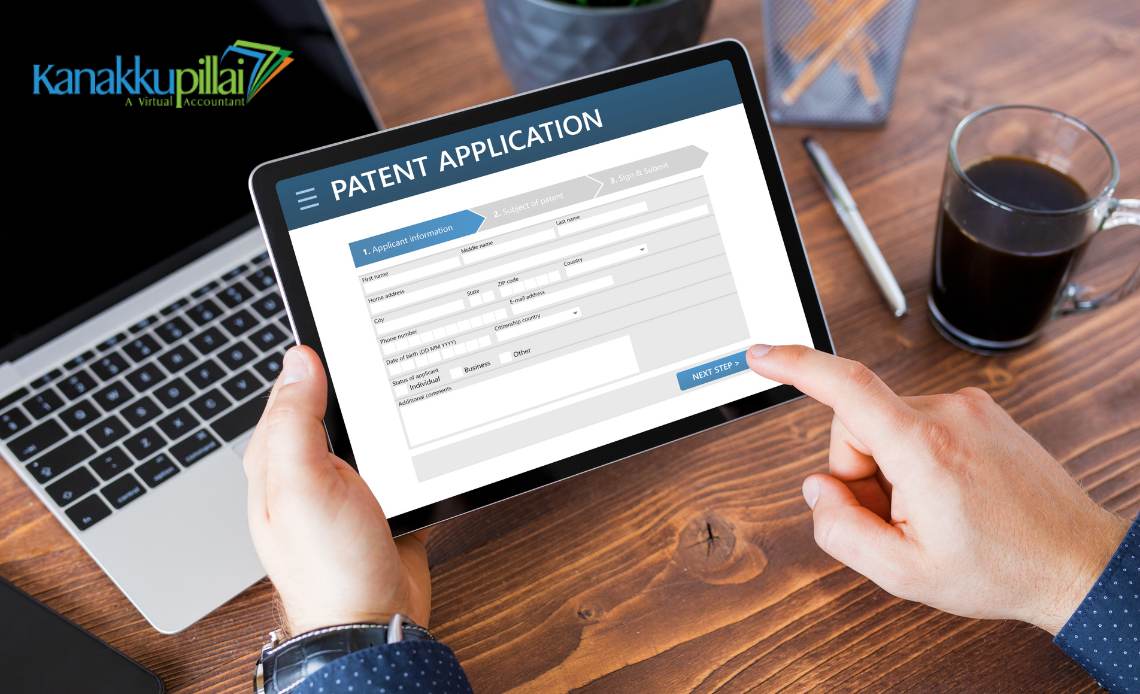In today’s era of innovation-driven and a digital world, securing a patent is crucial for protecting intellectual property. Whether you’re an individual inventor, a startup, a large corporation, or any business startup holder, filing a patent ensures your invention is legally protected. However, the process doesn’t end after submission. Regularly checking your patent application status is very important to track its progress, respond to office actions, and ensure timely approvals. Thankfully, with the digitization of government processes, checking patent application status online has become quick and straightforward.
This article will provide a detailed and comprehensive, step-by-step guide to help you track the status of your patent application online, particularly focusing on the Indian Patent Office (IPO) and also covering brief guidance for the United States Patent and Trademark Office (USPTO) and World Intellectual Property Organization (WIPO).
Why Check Patent Application Status?
- Stay Updated: You’ll be informed about examination reports, objections, hearing notices, or grant certificates.
- Avoid Deadlines: Missing deadlines for responses can result in abandonment of your application.
- Monitor for Delays: Understand if your application is stuck and whether any action is required.
- Legal and Commercial Planning: You can plan product launches, licensing, or enforcement strategies based on application progress.
For Indian Applicants: Using the Indian Patent Advanced Search System (InPASS)
The Indian Patent Office provides a platform called InPASS (Indian Patent Advanced Search System) and the IP India Portal to check the status of patent applications.
Steps to Guide for India:
Step 1: Visit the Official website Portal
Go to the official IP India website:
https://ipindiaservices.gov.in
Step 2: Navigate to “Patent Search”
Click on “Patent Search” option or you can go directly to InPASS using this link:
https://iprsearch.ipindia.gov.in/PublicSearch
Step 3: Choose Your Search Criteria
You can search your status by using various options such as:
- Application Number
- Patent Number
- Applicant Name
- Title
- Abstract
- Filing Date
For checking status, the Application Number is the most direct method.
Step 4: Enter the Application Number
- Input the number in the “Application Number” field.
- Enter the captcha code.
- Click on “Search”.
Step 5: View the Status
The system will show a table with key details:
- Application Number
- Filing Date
- Status (e.g., “Under Examination”, “Published”, “Granted”)
- Applicant Details
- Journal Number and Date
- PDF Links for Documents (like FER, office actions, etc.)
You can also click on the “Application Status” link under the application number to view further stages, like:
- Date of publication
- Date of request for examination
- First Examination Report (FER) issuance
- Response submitted
- Hearing notice (if any)
- Grant of patent
Alternative: Patent E-Register
You can also use the Patent E-Register to check the legal status of granted patents:
https://ipindiaservices.gov.in/eregister/patentsearch.aspx
For International Filings: WIPO (PCT Applications)
If you filed your patent internationally through the Patent Cooperation Treaty (PCT), you can check your application’s progress via the WIPO PATENTSCOPE portal.
Step-by-Step Guide for WIPO:
- Visit: https://patentscope.wipo.int
- Click on “Search”.
- Enter your PCT Application Number or International Publication Number.
- Click “Search”.
- You will be able to view:
- Bibliographic data
- International Search Reports
- Status of national phase entry
- Legal status in member states
For United States Patent Applications: USPTO
If you’ve filed with the United States Patent and Trademark Office (USPTO), you can check your status through the Patent Application Information Retrieval (PAIR) system.
Step-by-Step Guide for USPTO:
- Visit: https://patentcenter.uspto.gov
- Click “Search for Application”.
- Enter your Application Number, Patent Number, or PCT Number.
- You’ll be able to view:
- Application documents
- Office actions
- Responses
- Filing history
- Status (e.g., “Awaiting Examination”, “Allowed”, “Abandoned”)
For public access, only published applications are available. For unpublished ones, login credentials are needed.
Understanding Patent Application Status Terms
When checking your application status, you may encounter several technical terms. Here’s a brief explanation:
- Filed: The application has been submitted.
- Published: After 18 months from the priority date, it becomes publicly accessible.
- FER Issued: The First Examination Report is released by the examiner.
- Reply Filed: You have responded to the FER or office action.
- Hearing: You may be called for a hearing if objections persist.
- Granted: Your patent has been accepted and published in the journal.
- Refused: The application is rejected.
- Abandoned: Application is closed due to non-compliance or missed deadlines.
Tips for Tracking Patent Application Effectively
- Bookmark Portals: Save direct links to IP India, WIPO, and USPTO portals for easy access.
- Maintain Records: Keep your application number and filing documents with you safely for future reference.
- Set Reminders: Track important deadlines and also the examination stages using calendar alerts.
- Use IP Tools: Consider using IP management tools or consult a patent attorney for complex filings.
Conclusion
Monitoring the status of your patent registration application online is crucial for every innovator and entrepreneur. With the Indian government and international bodies providing digital portals, staying informed has never been easier. Whether you’ve filed in India, under WIPO, or with the USPTO, understanding how to navigate these systems gives you better control over your intellectual property journey. Take the time to periodically check your application, stay alert to updates, and respond promptly to ensure a smooth path to patent grant.
A patent protects not just your invention but also the future of your business. So don’t just file it—follow it.
Related Services





